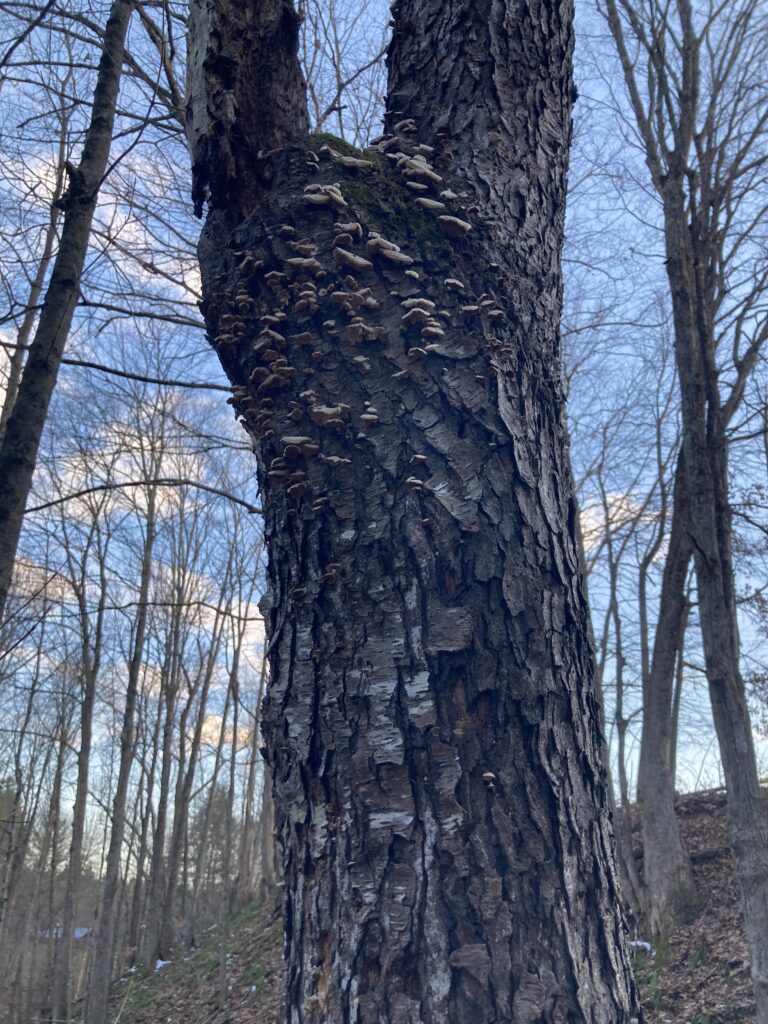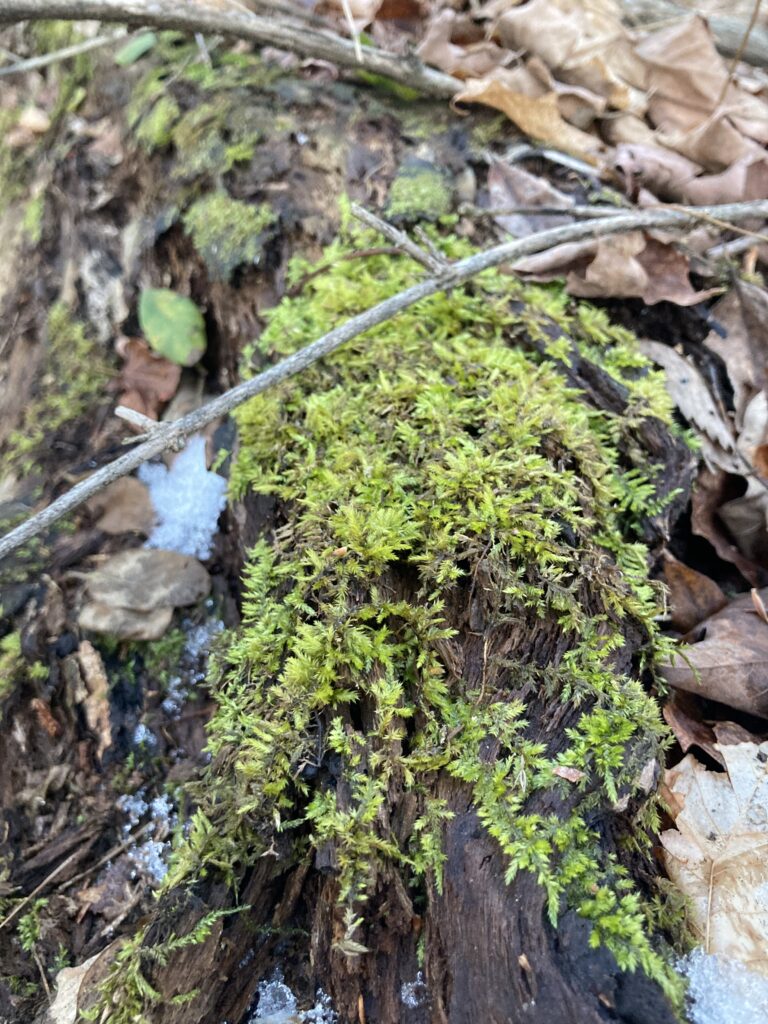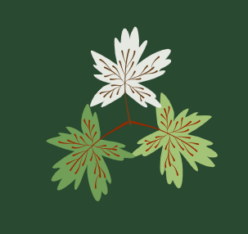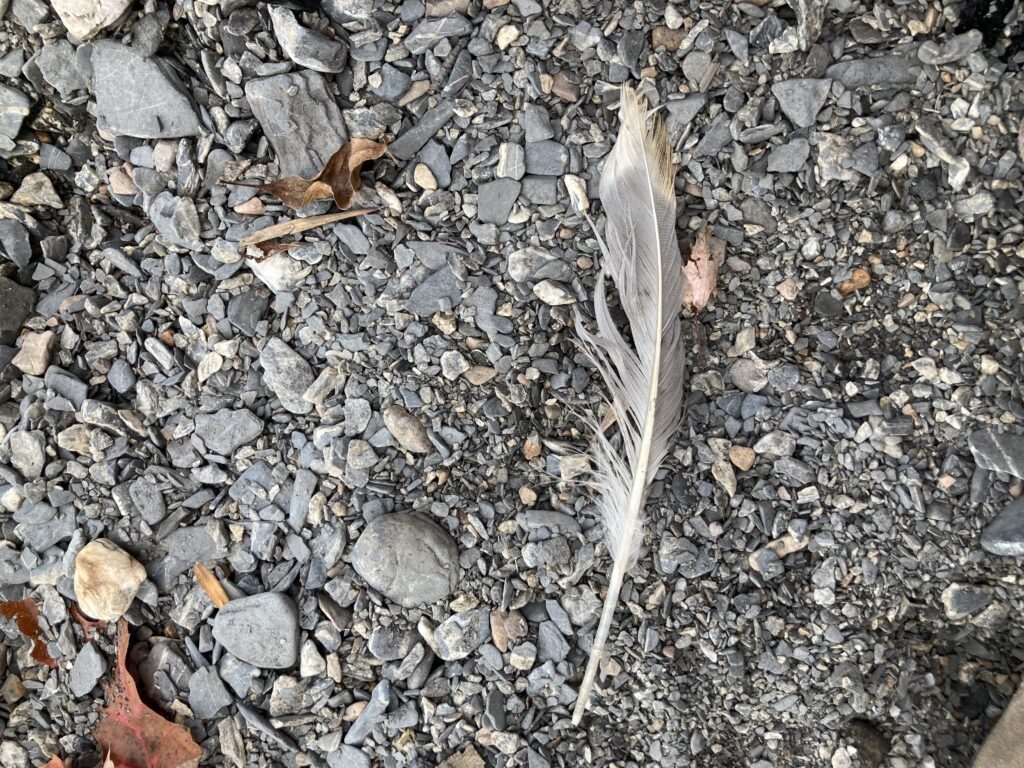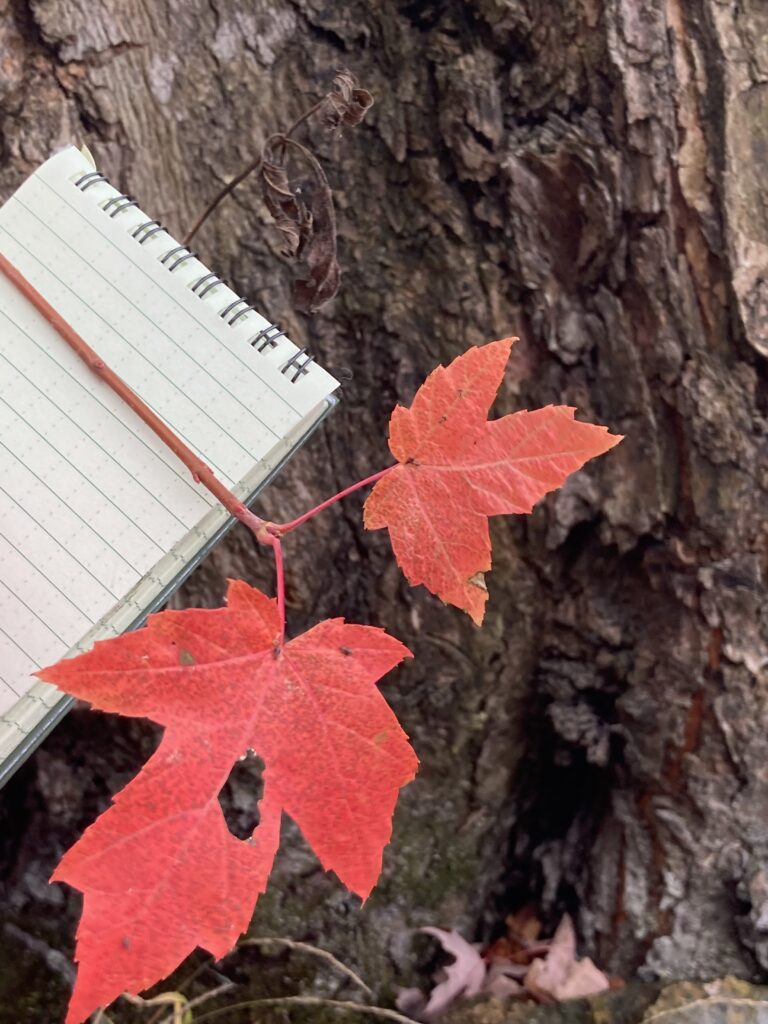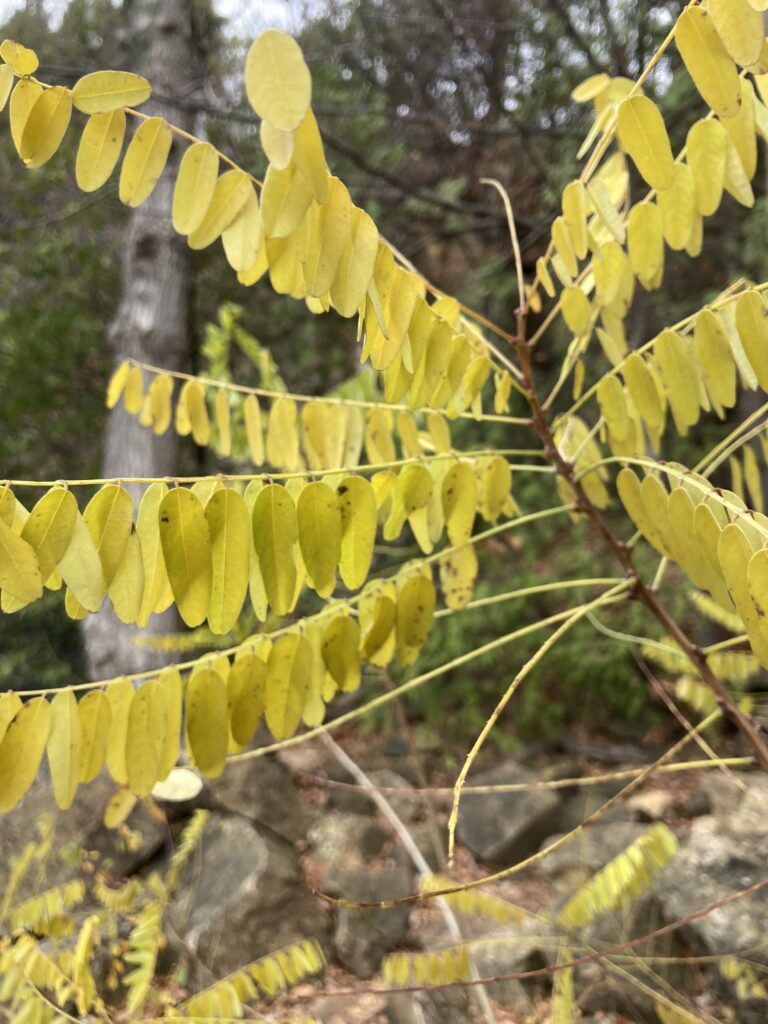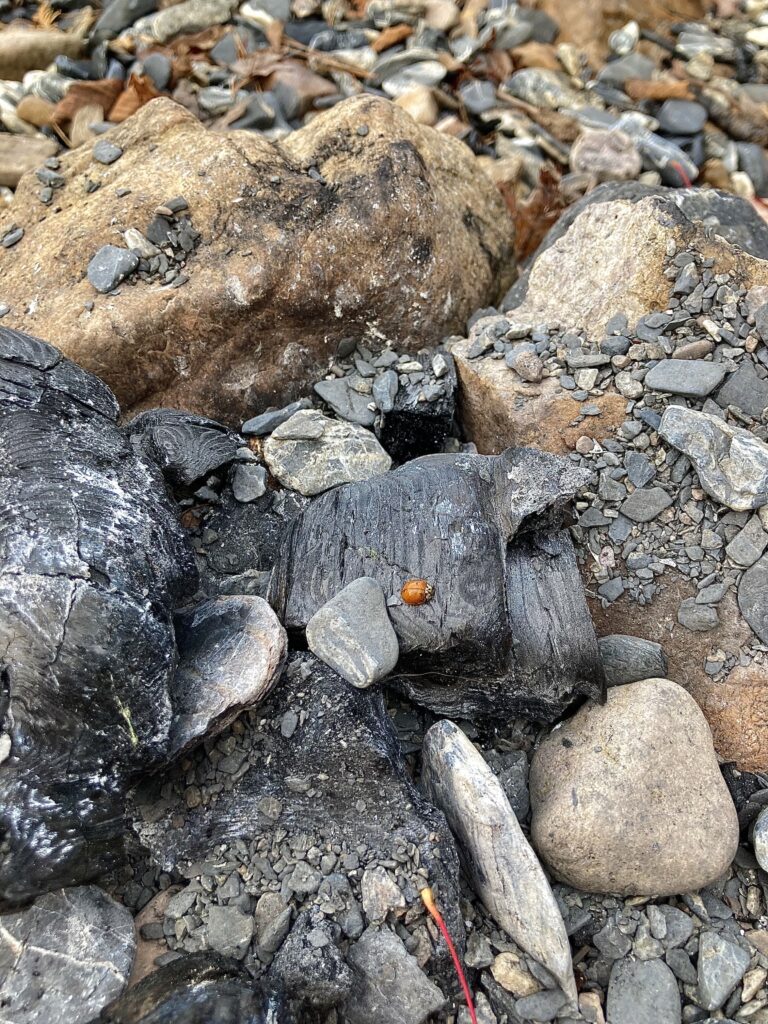I was particularly excited about this Thanksgiving phenology prompt because it gave me the opportunity to explore my brand-new hometown. Although I am originally from NYC, my family moved to Southern Vermont in early fall- making this my first Thanksgiving as an official Vermont resident :)
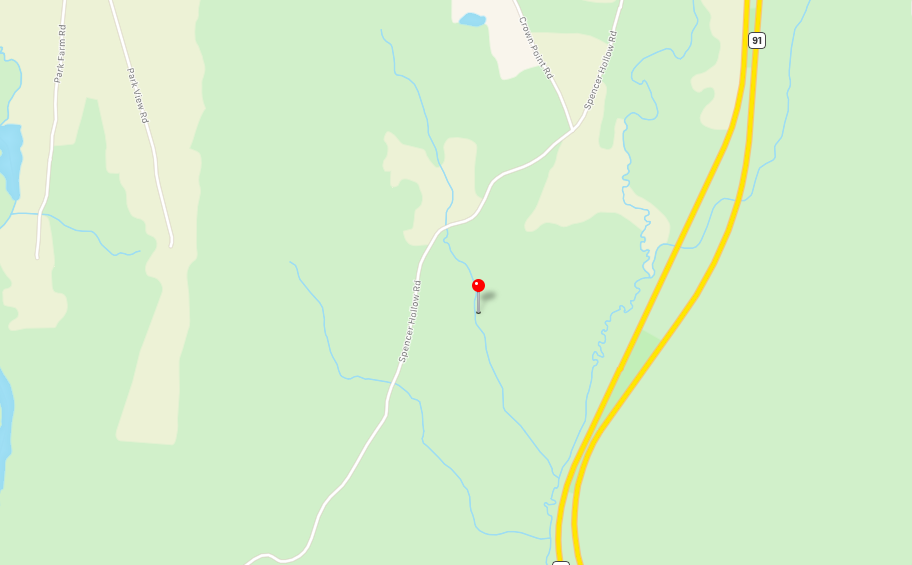
I chose my phenology spot to be “Spencer Brook,” a small winding stream that divides ours and our neighbor’s property. This brook is nestled between the steep tree-lined hill that leads to our neighbor’s horse pasture and a section of our own wooded property.
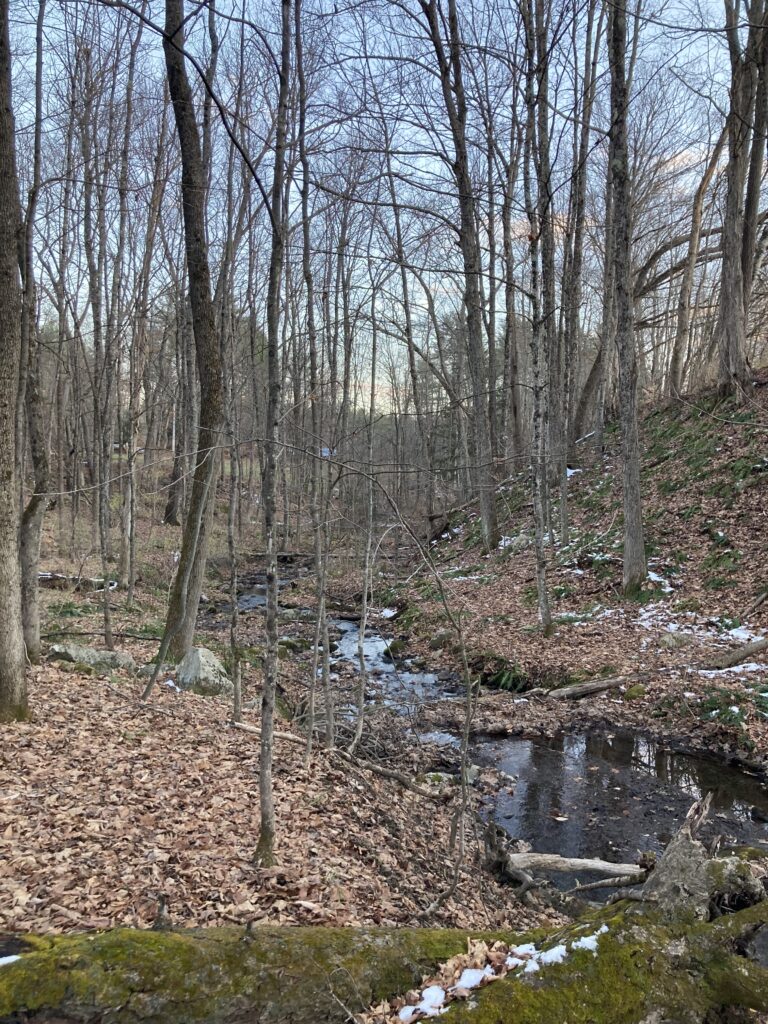
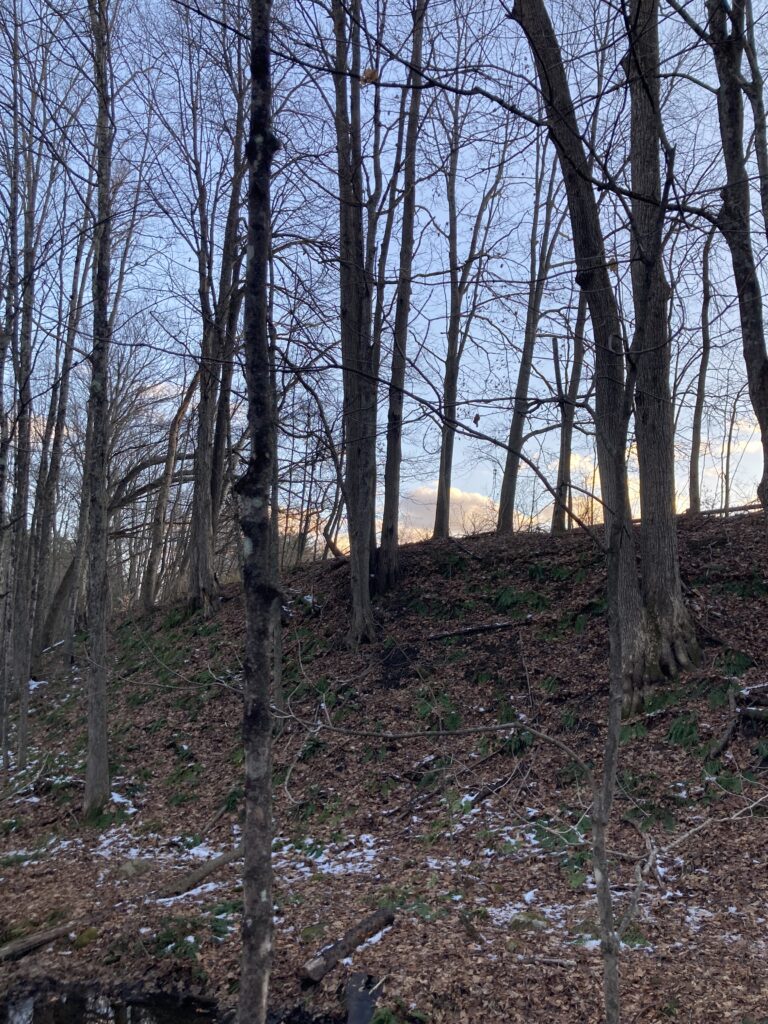
I ventured out on Wednesday, November 23rd, crunching through the last of the snow that had hit Springfield as well as Burlington.
Although it was still freezing, the weather turned out to be slightly warmer in Springfield due to the lack of bone-rattling winds from Lake Champlain.
This little meandering brook provided the opportunity to observe a possible source of nutrient deposition and stormwater runoff within a Vermont watershed. As my Burlington phenology spot is the shoreline of Lake Champlain, I have seen firsthand how nutrient deposition within Lake Champlain drainage Basin has continued to impair the water quality of Lake Champlain. Although my town of Springfield is not part of the Lake Champlain drainage Basin, Spencer Brook is a tributary that drains directly into the Connecticut River. Therefore it’s a valuable example of how early nutrient deposition can occur within a larger watershed.
In terms of concerns, the surrounding banks had suffered from undercutting and erosion due to the steep bank with minimal vegetation. I was also concerned about the horses’ proximity to the brook, and how the runoff from their manure could result in the deposition of phosphorus and e-coli, however, this theory would have to be confirmed through testing.
I was also interested in observing any differences in vegetation, and how this differed from the species I encountered at the edge of the Limestone Bluff-Cedar Pine natural community. The soil near the brook is very moist, however, the abundance of both black cherry and red maple signaled that the soil might have been poor. This is in contrast to the calcium-rich soil at Rock Point which can foster more finicky species such as northern white cedar.
The only overlapping species between the two phenology spots were coltsfoot and invasive buckthorn. However, Buckthorn was much more abundant within the Limestone Bluff-Cedar Pine Natural community.

